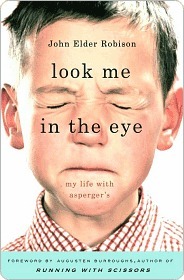More on this book
Community
Kindle Notes & Highlights
Read between
June 22 - July 4, 2018
As I’ve gotten older, I have taught myself to act “normal.” I can do it well enough to fool the average person for a whole evening, maybe longer. But it all falls apart if I hear something that elicits a strong emotional reaction from me that is different from what people expect. In an instant, in their eyes, I turn into the sociopathic killer I was believed to be forty years ago.
Caring—or pretending to care—about other people is a learned behavior.
“John, some of your tricks are sick. They are evil. They indicate deep-seated emotional problems.”
Many descriptions of autism and Asperger’s describe people like me as “not wanting contact with others” or “preferring to play alone.” I can’t speak for other kids, but I’d like to be very clear about my own feelings: I did not ever want to be alone. And all those child psychologists who said “John prefers to play by himself” were dead wrong. I played by myself because I was a failure at playing with others. I was alone as a result of my own limitations, and being alone was one of the bitterest disappointments of my young life. The sting of those early failures followed me long into adulthood,
...more
This book describes you exactly. You could be the poster boy for this condition. Your fascination with trains and bulldozers … it’s in here. The way you talk. The way you look at people, and how hard it is for you to make eye contact. The way you think.” “So is there a cure?” I asked. “It’s not a disease,” he explained. “It doesn’t need curing. It’s just how you are.”
They were both damaged as children, and my brother and I grew up damaged as a result. But damage is not always permanent, nor is it always passed down from one generation to the next. I’m okay today, and so is my brother.


